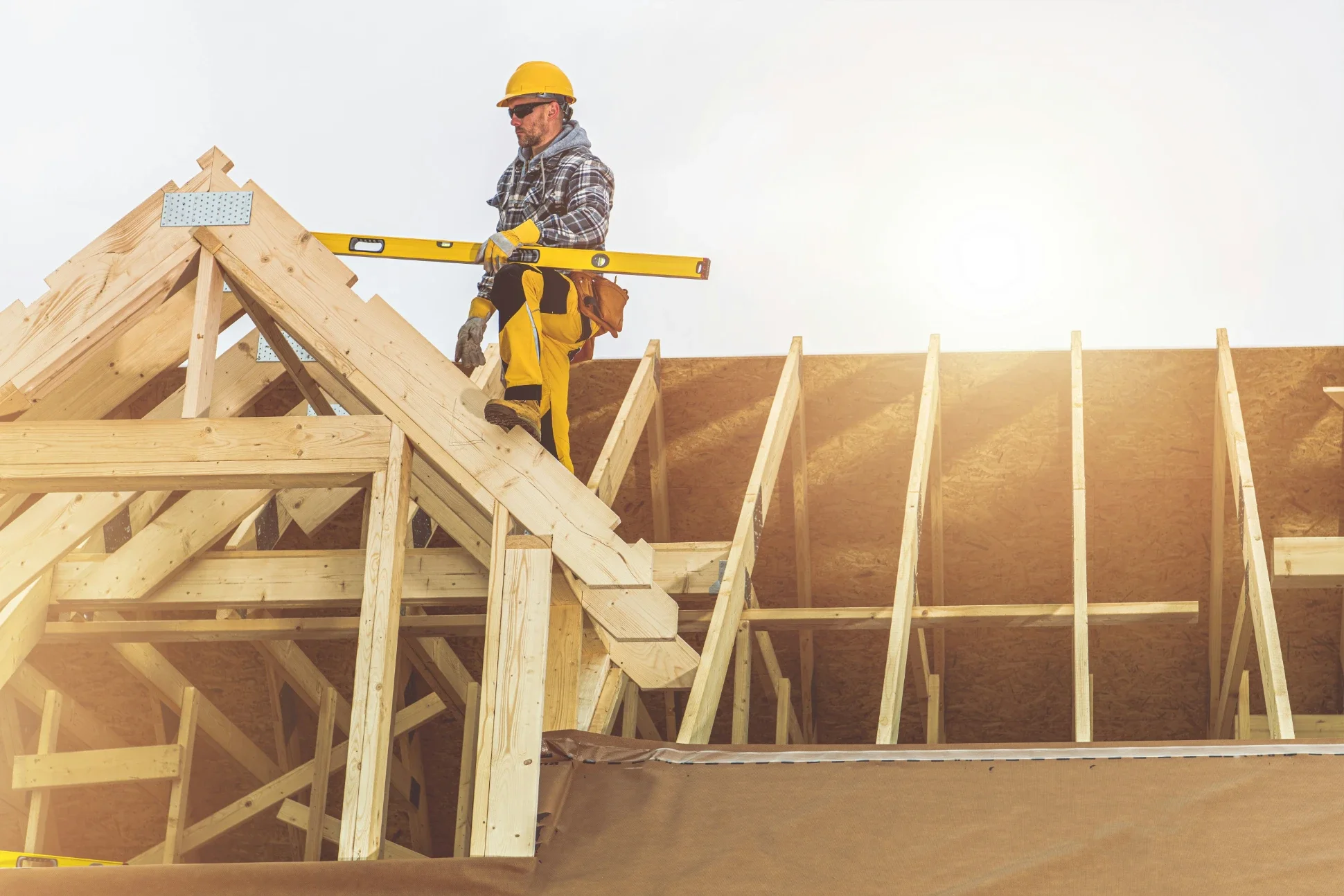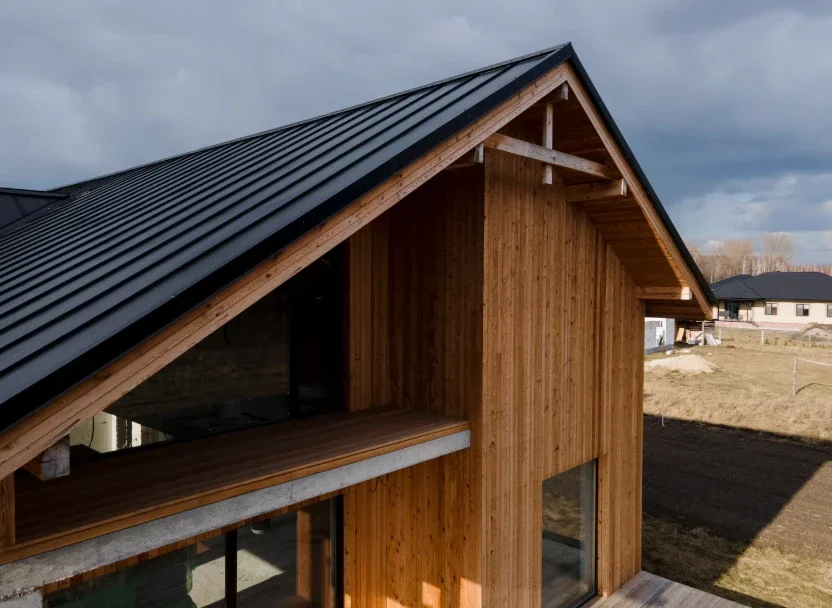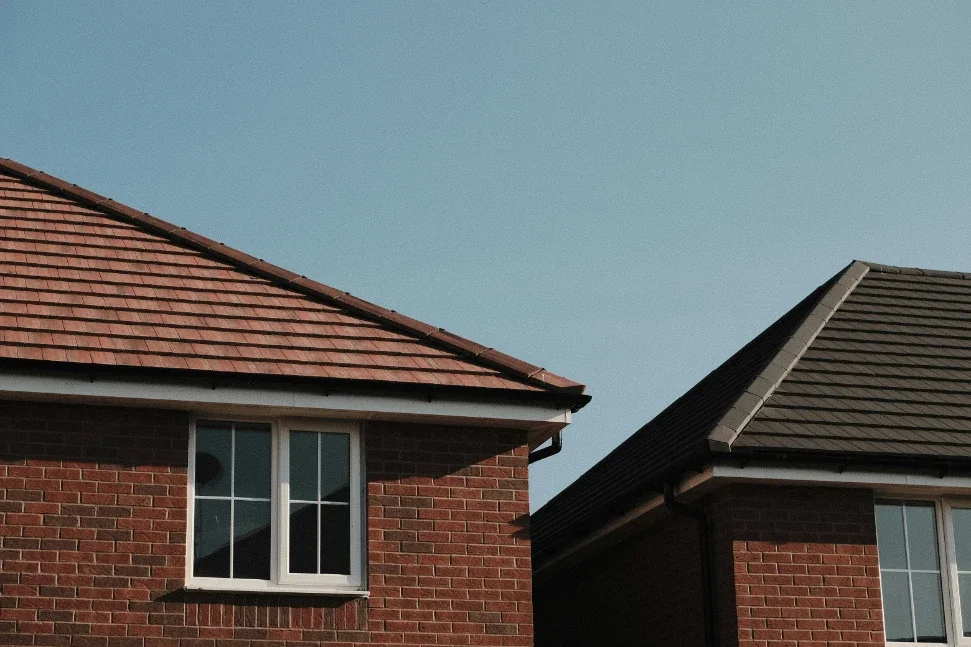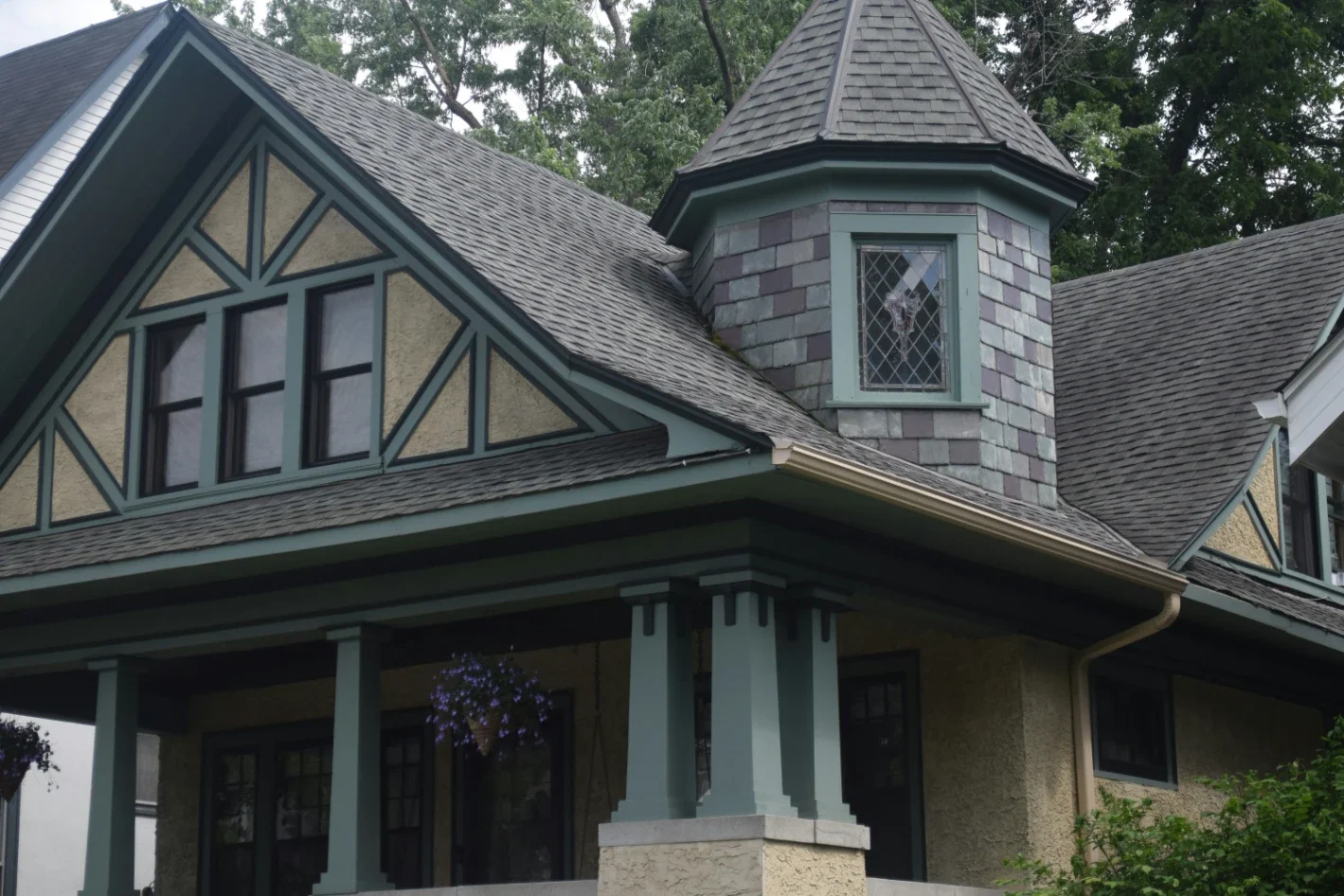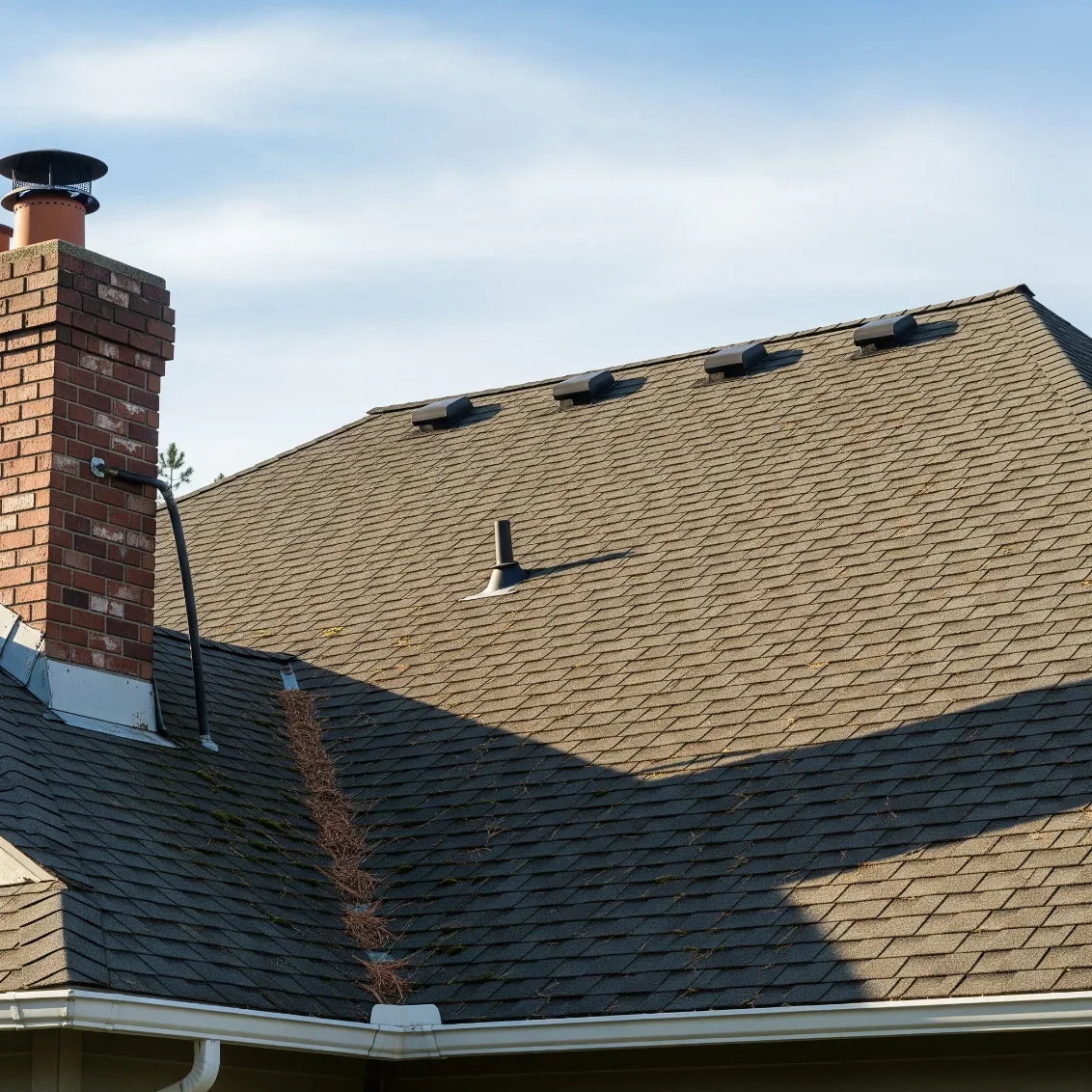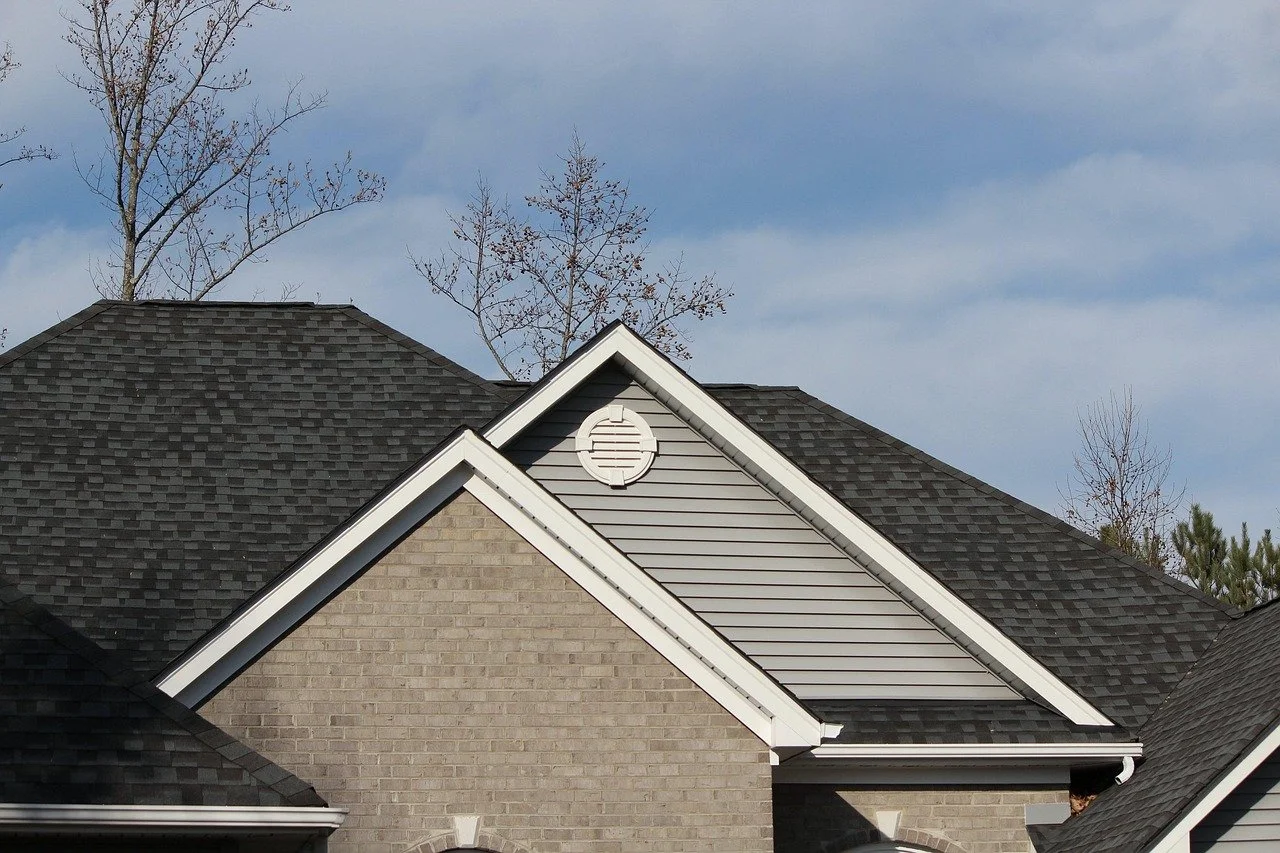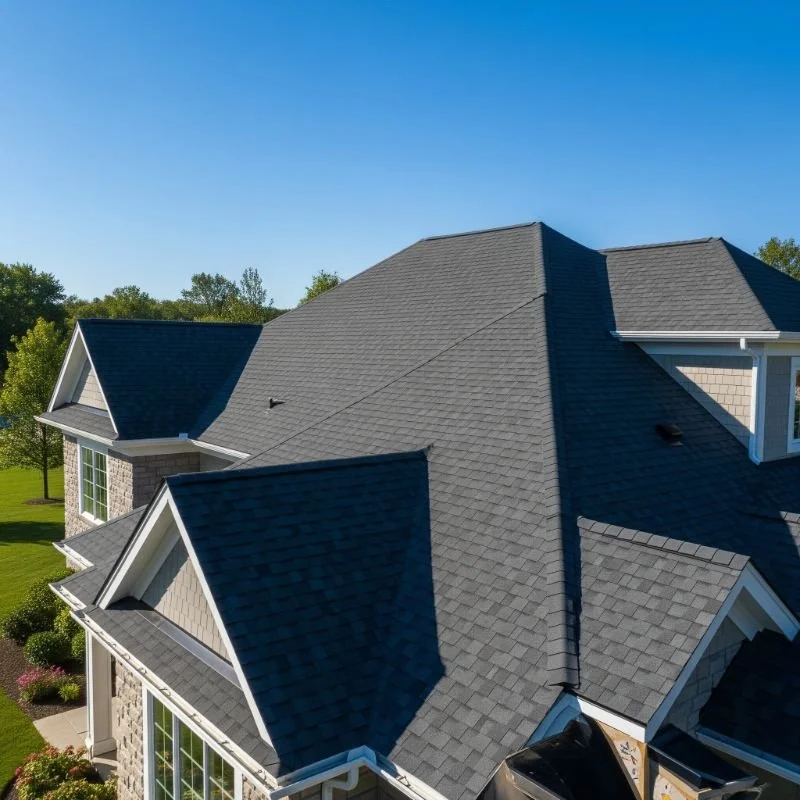Everything You Need to Know About Roofing Permits and Regulations
Learn the essentials of roofing permits and local regulations to ensure your home project stays legal, safe, and hassle-free from start to finish.
Roofing projects are major undertakings, whether you're patching a small leak or doing a full replacement. While it might be tempting to jump straight into repairs or hire a contractor and call it a day, roofing permits are a critical part of the process.
They’re not just red tape—they ensure safety, compliance with local building codes, and protection for your home and wallet. Let’s explore the essentials of roofing permits and regulations, so you can be fully prepared for your next roofing project.
What Are Roofing Permits?
A roofing permit is a document issued by a local government or municipal building department that grants legal authorization to perform work on your roof. These permits confirm that your project complies with zoning laws, building codes, and safety regulations.
They serve as a checkpoint to ensure your home improvement meets the required standards and is inspected during and after completion. Failing to secure a permit can lead to fines, forced removal of the roof work, or complications when selling your home.
Do All Roofing Projects Require a Permit?
Not all roofing jobs require a permit, but many do .Small repairs like replacing a few shingles may not need approval, but major tasks such as re-roofing, structural modifications, or installing a new roof system almost always do. Some cities even require permits for replacing underlayment or adding insulation.
To be safe, check with your local building department. Many have websites with specific guidelines. For example, you can visit the U.S. Department of Housing and Urban Development to get an idea of federal housing standards, although your local jurisdiction will have the final say.
Why Are Roofing Permits Important?
There are several good reasons to prioritize your roofing permits before starting any work:
Safety: Permits ensure the job follows established codes, reducing the risk of fire hazards or structural issues.
Insurance: If an unpermitted roof causes damage or injury, your homeowner's insurance may not cover the costs.
Resale Value: Unpermitted work can delay or prevent a home sale, as buyers and lenders often require proof of permits.
Avoid Fines: Municipalities may issue stop-work orders or fines for projects lacking proper authorization.
Permit Guide for Roof Replacement
When planning a full roof replacement, it’s crucial to follow a clear permit guide for roof replacement to avoid setbacks and legal issues. Here's a step-by-step breakdown:
Research Local Codes: Start by visiting your city or county building department website. Look for roof-specific codes, materials allowed, and slope or load requirements.
Fill Out the Application: You’ll typically need to describe the scope of work, materials to be used, and your contractor’s license information.
Pay Fees: Expect to pay anywhere from $150 to $500 depending on your location and the complexity of the project.
Schedule Inspections: Once work begins, inspections are conducted during key phases, like after the tear-off or before installing shingles.
Get Final Approval: When the project is complete, an inspector must sign off, verifying the work was done to code.
By following this permit guide for roof replacement, you’ll not only avoid legal issues but also ensure long-term structural integrity.
What Homeowners Should Know About Permits for Roof Repairs
Understanding what homeowners should know about permits for roof repairs can save you time, stress, and money.
First, even if the repair seems minor, the location and type of building may still require a permit. For instance, repairing a roof on a multi-family dwelling or historical home often involves strict rules.
Also, roofing repairs involving structural elements—like rafters or decking—nearly always require permits. If you're unsure, ask your contractor or call your building department directly. It’s better to be cautious than to redo unpermitted work.
Pro tip: Always work with licensed contractors who are familiar with local roofing permits and regulations. They’ll often handle the application process on your behalf.
Penalties for Not Getting a Roofing Permit
Skipping a permit may seem like a shortcut, but it often ends up being costly. Common consequences include:
Hefty fines (up to thousands of dollars depending on your city)
Stop-work orders that delay your project indefinitely
Forced removal of completed, unpermitted work
Legal liability for any accidents or injuries resulting from non-compliant construction
Worst of all, your insurance may not cover claims if the damage stems from unpermitted roof work. That’s a risk no homeowner should take.
Do Roofing Permits Expire?
Yes, roofing permits usually come with expiration dates, typically ranging from 90 days to six months after issuance. If your project takes longer, you might need to apply for an extension or reapply altogether.
Make sure to schedule inspections in a timely manner. If you delay and the permit lapses, you may have to pay additional fees or restart the entire application process.
Special Considerations for HOAs and Historic Homes
If you live in a community with a Homeowners Association (HOA) or a designated historic district, you’ll likely face additional rules beyond city ordinances
HOAs may require pre-approval of roofing materials, colors, or designs. Similarly, historic homes often need permits from preservation societies before any alterations can begin.
In both cases, failing to get the right permissions can lead to legal action or being forced to revert changes at your own expense.
Roofing Permits and Insurance Claims
If your roofing project is related to storm damage or another insurable event, your insurer may require proof of a valid roofing permit before reimbursing your claim.
To protect yourself:
Contact your insurance provider as soon as the damage occurs.
Clarify what documentation they require.
Ensure your contractor secures all necessary permits and provides detailed receipts and inspection reports.
This way, you’ll be prepared in case there’s any dispute during the claims process.
Final Thoughts: Don’t Overlook Roofing Permits and Regulations
Getting a new roof is one of the most significant improvements you can make to your home, but it comes with responsibilities. Following roofing permits and regulations not only keeps your project legal but ensures it’s safe, insurable, and structurally sound.
Whether you're tackling a small fix or planning a full replacement, take the time to research and comply with your local rules. Trustworthy contractors, a little paperwork, and a few inspections can protect your investment for decades to come.
For more on building permits and home renovations, visit the National Association of Home Builders, a helpful resource for both homeowners and contractors.

